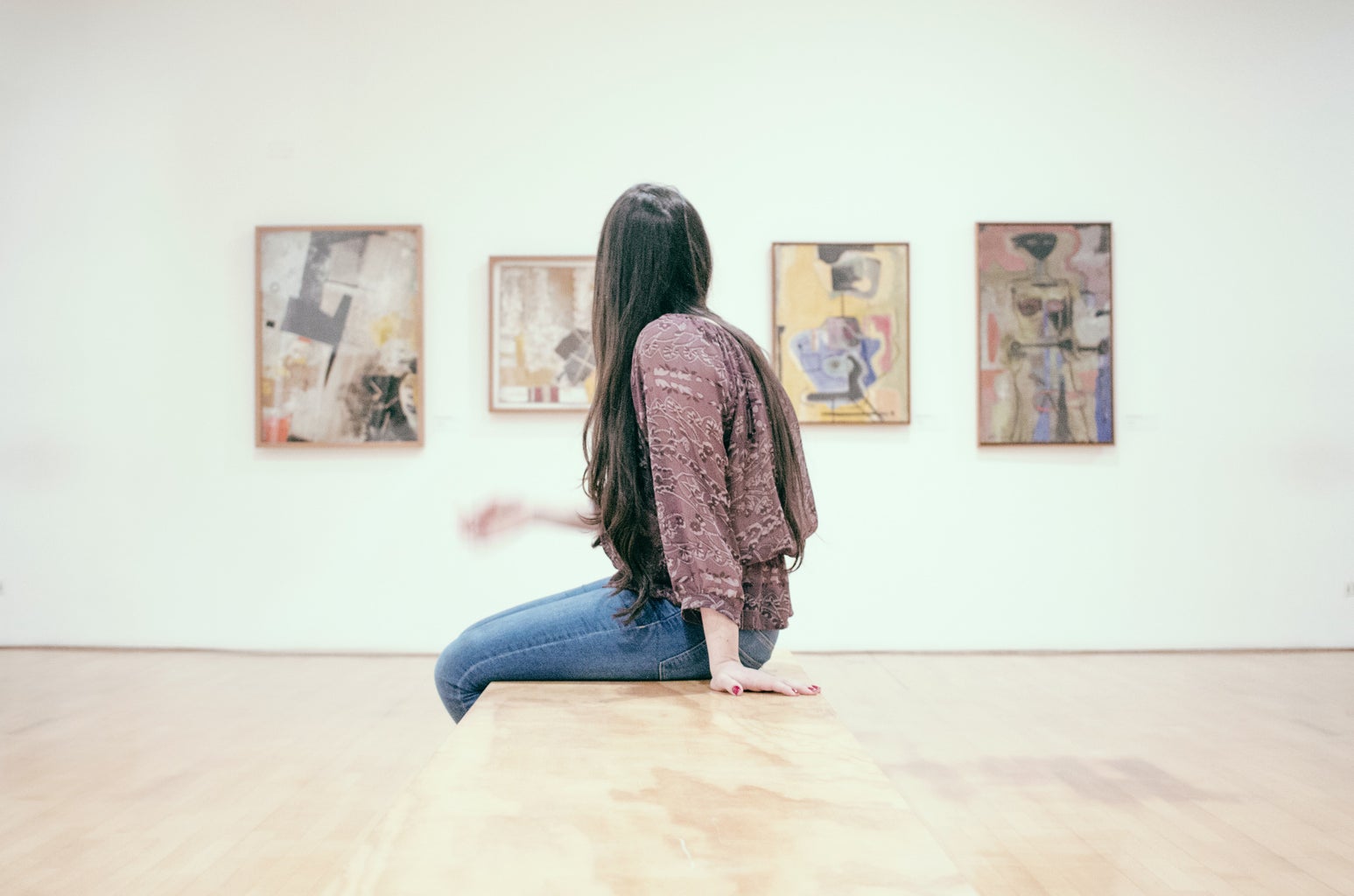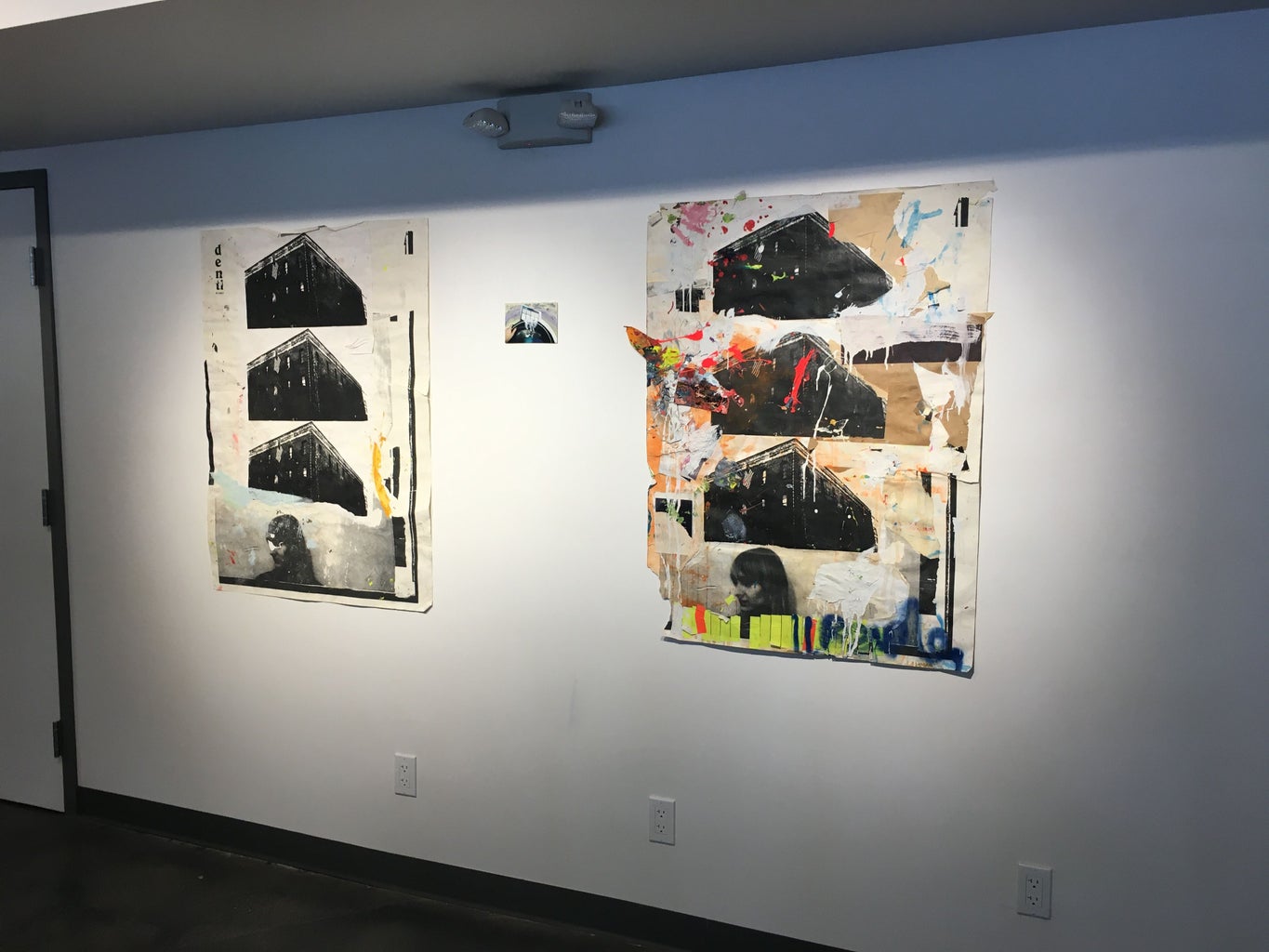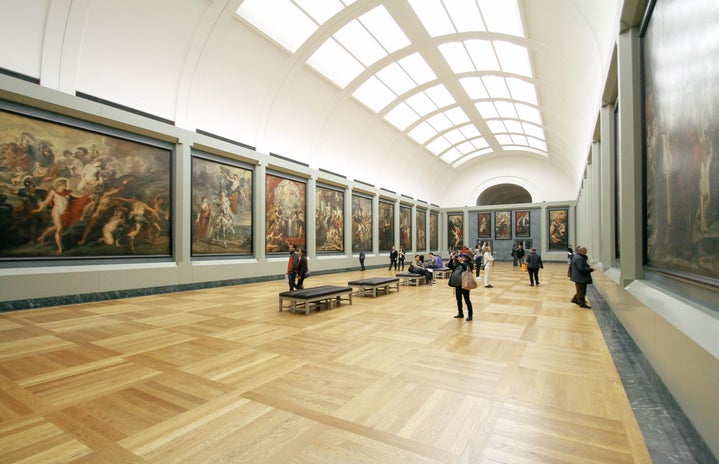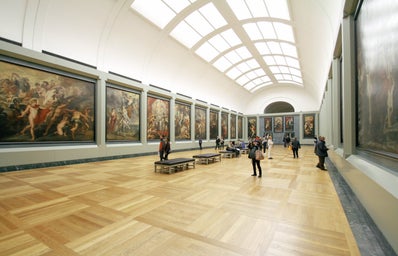Going to a museum can be a beautiful experience, but have you ever thought how much work happens behind the scenes of an exhibit?
Museum workers are often forgotten and their work isn’t always recognized, but this article is here to show some of the action that happens behind the curtains. In an interview with Her Campus Cásper Líbero, Jochen Volz — general director at São Paulo’s Pinacoteca, who had previous international experience in other museums — revealed some insights on the subject.
Planning An Exhibit

The first step is creating a project to guide the exhibit. It must contain important information, like the narrative told by the show, content preferences, and possible sponsors. The narrative is often influenced by the social and political scenario: for example, the murder of George Floyd last year caused not only a rise of Black Lives Matter protests, but also a series of artists used their work to amplify the movement, and museums like the National Building Museum, in Washington, addressed racial justice in their exhibitions.
When it comes to the content, Volz highlights that the process includes curatory, artwork loans and special production, conservation and restoration, registration, transportation and composition — basically, a ton of work. In Brazil, specifically in Pinacoteca’s case, funding comes from governmental resources — such as the Brazilian law Lei de Incentivo à Cultura, former Lei Rouanet — and private sponsorships.
From Maintenance To Meaning
Even though our eyes may not notice, every material degradates with time — especially because of climate conditions — so the art pieces need to be constantly monitored in order to keep them from damaging. That’s why there’s a whole team dedicated to studying and repairing those cultural heritages.
Collections are information holders, because each art piece carries important information about its time and culture, which is valuable for present and future generations. That way, documenting each item means maintaining the cultural patrimony.

“A museum is also a research environment”, says Volz. The questions being debated by society at the time guide the themes researched, so there’s always knowledge being produced in accordance to the public’s interest.
The conservation and restoration department also does constant research on how the materials age and what’s the best way to preserve them, in a way to keep the quality of the pieces.
The Staff
There are plenty of people working to make going to a museum an enjoyable experience: researchers, library archivers, documenters, curators, educators, conservator-restorers, program supervisors, communicators, press officers, managers, security, auxiliary services, store sellers, and many others.
As reported by Volz, it’s very hard to reduce an employees list in a museum, because every position is essential for the gallery’s excellence. Each person has specific know-how knowledge and, in the big picture, they withhold an important cultural capital, which is also a patrimony.
Museums During The Pandemic

One of the solutions found by galleries all around the world was investing in virtual tours: they can be easily accessed by anyone, anywhere. But that’s a double-edged sword: while that’s practical, there’s a huge loss when the public isn’t face to face with the art. “Our senses aren’t exclusively visual. They’re so much more”, adds Volz. When going to a museum, you’re physically and mentally preparing yourself for a whole experience that’s different from opening a website from your couch. Although virtual tours will never compare to the physical experience, it is necessary in this pandemic scenario, because art is fundamental for society. Pinacoteca’s general director feels that people need to be in touch with the imagination, especially during this difficult time.
——————————————————————-
The article above was edited by Isabella Gemignani.
Liked this type of content? Check out Her Campus Casper Libero for more!


